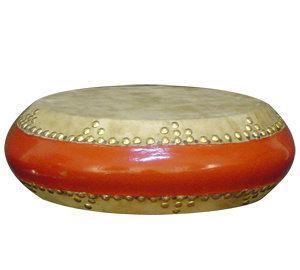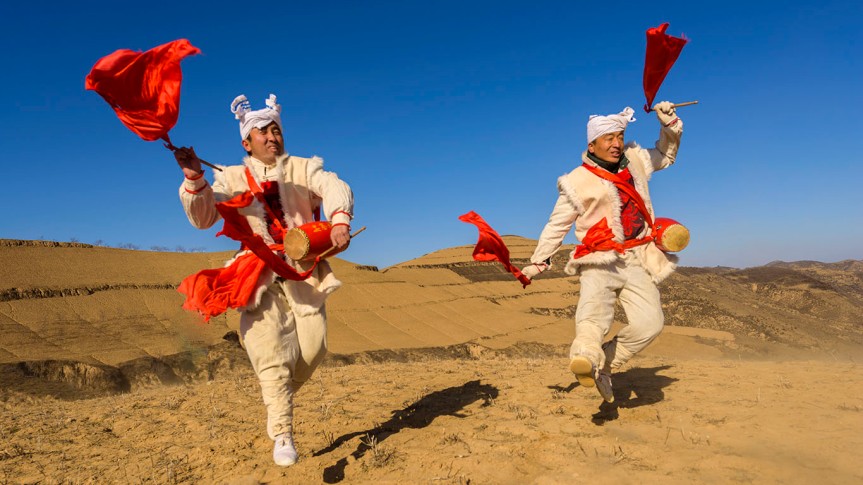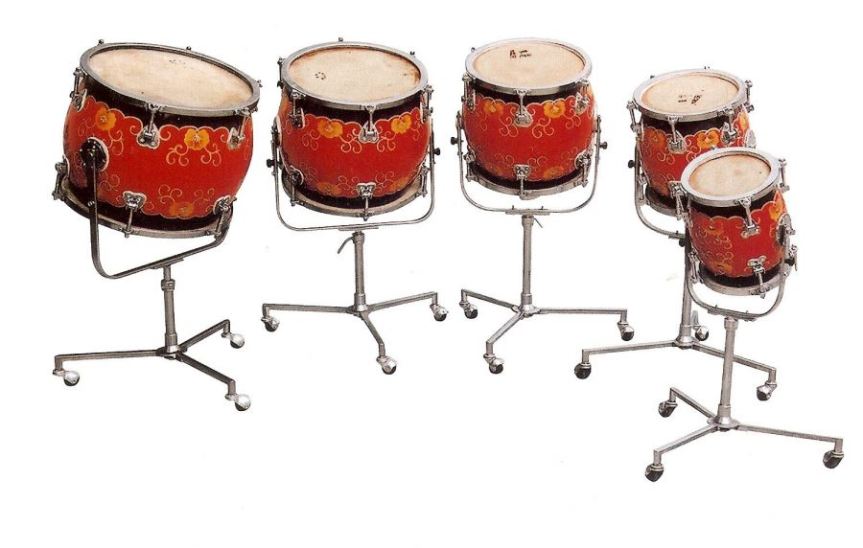By Sari Xu
A quick review! We’ve discussed that among the 8 tones of Chinese Musical Instruments, stone, skin and wood categories mostly contain percussion instruments like the Chinese drum family, ancient Bianqing and the Muyu used in the temple, etc. Other than that, under the category of metal tone, there’s also a group of percussion instruments!

Bo (钹), sometimes also called Chazi (镲子), is a type of cymbals. It falls into the category of concussion idiophone, or struck idiophone, which consists of two plates that are clashed together. It was originated from Western Asia and was introduced to ancient China during around 350 B.C along with the ancient Tintu music. Similarly, just like the wood instrument Bangzi (梆子) and Muyu, Bo was also first used in Fanyue (Buddhist music, 梵乐) and now widely played not only in traditional Chinese music performances and traditional operas, but also in various folk music and dance performances. Since Ming (1368 – 1644) and Qing (1644 – 1912) Dynasty, it’s typically used to accompany with Qun Opera (昆曲) and other regional operas.
There are several different types of Bo, mainly being categorized based on the size of the cymbals: Xiaobo (小钹) means small cymbals; Zhongbo (中钹) means medium cymbals; Dabo (大钹) means large cymbals; Shuibo (水钹) literally means “water cymbals”, it has a thinner plates and makes a softer sound more like water; Jingbo (京钹) is the cymbals used in Beijing Opera; Shenbo (深钹) is also called Gaobian Daluo (高边大锣), which is a deep, flat Gong used in Chaozhou (潮州, a city in Southern China) music. Now, you may wonder – what is the Gong in China?
Gong, a type of percussion instrument used worldwide, has a Chinese division called Luo (锣). For those who are not familiar with gong, it is an East and Southeast Asian percussion instrument that takes the form of a flat, circular metal disc which is hit with a mallet. It also found its way into the Western world in the 18th century when it was used in the percussion section of a Western-style symphony orchestra. It is mostly made of bronze and was first used by the ethnic minority groups from west-southern China. Because it has a deep tone and long lingering sound, it’s widely applied in many fields as an accompaniment instrument and just like Bo and Bangzi, is quite popular among the traditional operas such as Beijing Opera, Bangzi Opera, Flower Drum Opera, and many other folk operas.
Luo could also be divided into several categories: Daluo, Chaoluo, Xiaoluo, Zhangluo, and Yunluo. Daluo(大锣) and Xiaoluo (小锣), are representing the large gong and small gong, respectively. Chaoluo (超锣/山锣, mountain luo) is one of the most unique kinds with the longest and widest usage in the history. It has a black frame and center, with a copper body. It’s also a great gift option among the bands and orchestras.
Yunluo, literally cloud luo, or sometimes called nine-tone luo, is the only kind of luo that could be used to play the melody. It’s a set of Xiaoluo organized together on a wooden stand and is widely employed in traditional Chinese orchestra.
Luo, and Bo – though this two percussion families largely compose the big metal tone family, there are also other metal percussions such as Pengling, Dangzi, and Yunzheng, etc.

Last but not least, let’s check out the percussion ensemble performance of the famous opus called The Quarreling Ducks which Shuiluo is the main performing instrument here, and guess “what does the duck say”?!
https://www.youtube.com/watch?v=tzHCzAKLgAM
About Interact China
“A Social Enterprise in E-commerce Promoting Oriental Aesthetic Worldwide!”
Aileen & Norman co-founded Interact China in 2004 with specialization in fine Oriental Aesthetic products handmade by ethnic minorities & Han Chinese. Having direct partnerships with artisans, designers, craft masters and tailors, along with 15 years of solid experience in e-commerce via InteractChina.com, we are well positioned to bridge talented artisans in the East with the rest of the world, and directly bring you finely selected products that are of good quality and aesthetic taste.
So far we carry 3000+ goods covering Ladies Fashion via ChineseFashionStyle.com, Kungfu Fashion, Home Furnishings, Babies & Kids, Painting Arts, Textile Arts, Carving Arts, Tribal Jewelry Art, Wall Masks and Musical Instruments. Our team speak English, French, German, Spanish and Italian, and serve customers worldwide with passion and hearts.
P.S. We Need People with Similar Passion to Join Our Blogging Team!
If you have passion to write about Oriental Aesthetic in Fashion, Home Decor, Art & Crafts, Culture, Music, Books, and Charity, please contact us at bloggers@interactchina.com, we would love to hear from you!




























